In Ilocos Sur where illegal sand mining ran unabated, fisherfolk pay the price
By Karlston Lapniten, Philippine Center for Investigative Journalism
Sand mining laws
Black sand mining in the Philippines is regulated and could only be done within specific areas.
The Mining Act of 1995 prohibits mining in offshore areas within 500 meters from the mean low tide level and onshore areas within 200 meters from the mean low tide along the coast. The same law bans mineral extraction within one kilometer of the boundaries of reservoirs established for public water supply, archaeological and historic sites, and any public works.
Meanwhile, Batas Pambansa Bilang 265 prohibits the “Extraction Of Gravel And Sand And Such Other Activities” as it would erode and diminish the natural beauty of beaches.
In 2018, the first report of the interagency Fact-Finding Committee on Illegal Mining titled “Philippine Mining Unearthed” identified quarrying of magnetite black ore or black sand as the “most common form of illegal mining operations.” Apprehension data showed that black sand mining often took the guise of dredging or sand extraction.
While plain old sand seems ubiquitous, it is a non-renewable resource, which means sand extraction leaves shorelines crumbling, beaches stolen, and marine ecosystems destroyed like what happened in Ilocos Sur.
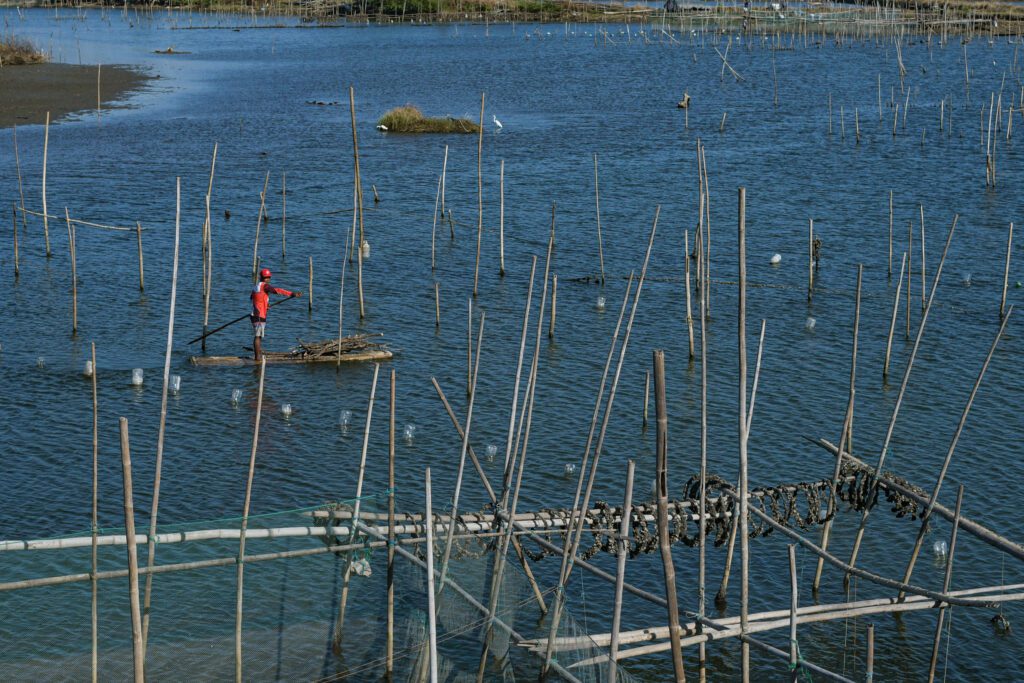
Moving houses, declining catch
For instance, disturbance in the sea caused by illegal mining activities gradually reduced the catch of local fisherfolk. This forced them to go further away from the sea, which was more dangerous and costlier, said fisher Manong Karding (not his real name), who requested anonymity for safety concerns.
Fishers would be lucky to snag half a banyera (tub) of fish for a good day’s work when the ships started to frequent the coastal area, far from the usual full tub, he said.
Many like him were still afraid of complaining for fear of retaliation from foreign miners and local politicians.

“Others were simply forced to look for different jobs and relocate since we do not know how long the mining will last and how it will affect us,” he said.
What used to be a major livelihood became a “sideline” to agriculture and other labor jobs for Manong Karding, 40, since the prospects of fishing remained bleak.
He built his home a kilometer from the beach in the early 1980s, in Paratong village in Sta. Catalina. But he was forced to move four times, eventually settling in nearby Subec village.
The reduction of shorelines and rise of seawaters were gradual in the late 1990s but seemed to hasten when illegal sand mining activities picked up, he said.
“Our first location is now touched by waves. Vast portions of Paratong really got submerged, even in nearby villages,” he said.
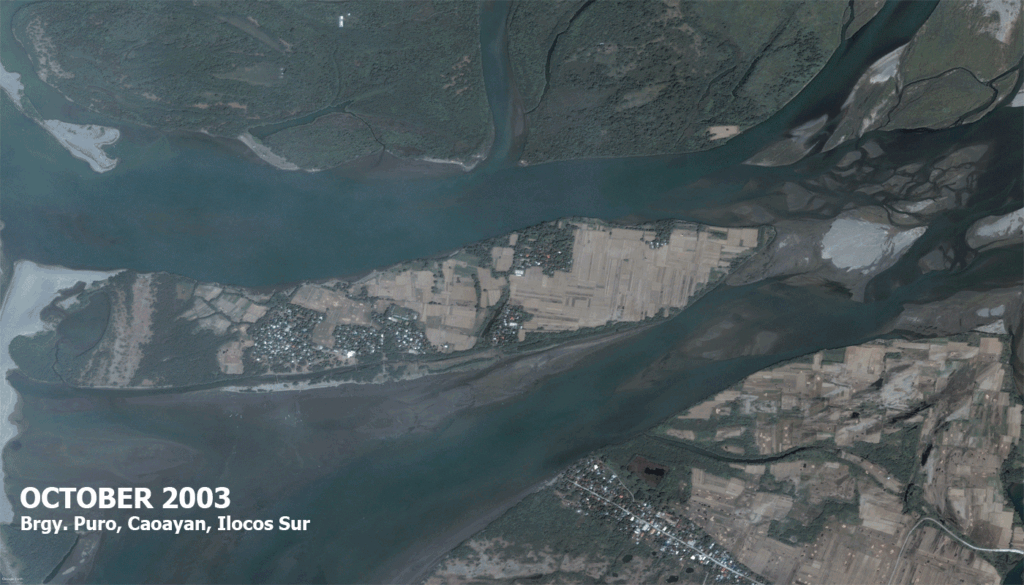
In San Pedro village, Narvacan town, some 20 kilometers from Paratong, sea waves have reached the village, splashing against houses during strong typhoons. Like parts of San Vicente and Sta. Catalina, coastal erosions have eaten portions of the beaches in San Pedro.
Coastal erosions are a normal occurrence but could be aggravated and hastened by concentrated wave energy, triggered by changes in the seafloor such as extraction of sand, according to marine geologist and professor Fernando Siringan of the University of the Philippines Marine Science Institute.
Siringan said offshore mining, which disturbs the habitat of marine organisms, might also be the main factor behind the diminishing fish catch.
Changes in the benthic (sea floor) habitat occur not only in the area where sand is extracted. It spreads to adjacent areas, the scientist said. Such changes definitely affect the fish population, he told PCIJ in an interview.

Study: Sand mining areas to be submerged in 50 years
A 2016 study conducted by researchers at the State University of New York at Buffalo and University of California found that nine of 20 identified black sand mining areas experienced land subsidence at rates ranging from 1.5 to 5.7 centimeters every year from 2007 to 2011.
The 20 areas were identified as black sand mining sites in Luzon, the largest Philippine island, based on ground and news sources. The study used radar signals from Earth-orbiting satellites to measure changes in land-surface altitude, despite the small spatial extent of the activities.
Candon City, some 50 kilometers from Sta. Catalina, has a subsidence rate of 3 centimeters per year and is projected to be underwater in 50 to 70 years.
The study revealed that most mining sites were at low elevations and the rapid subsidence resulted in high exposure of the coastal areas to flooding and seasonal typhoons.
Even years after mining activities have stopped, subsidence will likely continue to affect the areas due to the disruption of the sediment budget, the study found.
Community discovers, documents illegal mining
Black sand mining in Ilocos Sur was first documented in 2008 when residents of San Vicente town and San Sebastian village, two areas separated by a river, noticed ships hauling sand from the sea and creating stockpiles on the shore.
Residents then wrote a petition to the regional office of the Department of Environment and Natural Resources (DENR) to stop the activities in the area. The DENR did not officially respond to the petition.
Rabe said the DENR in 2009 denied the existence of offshore mining in the area.
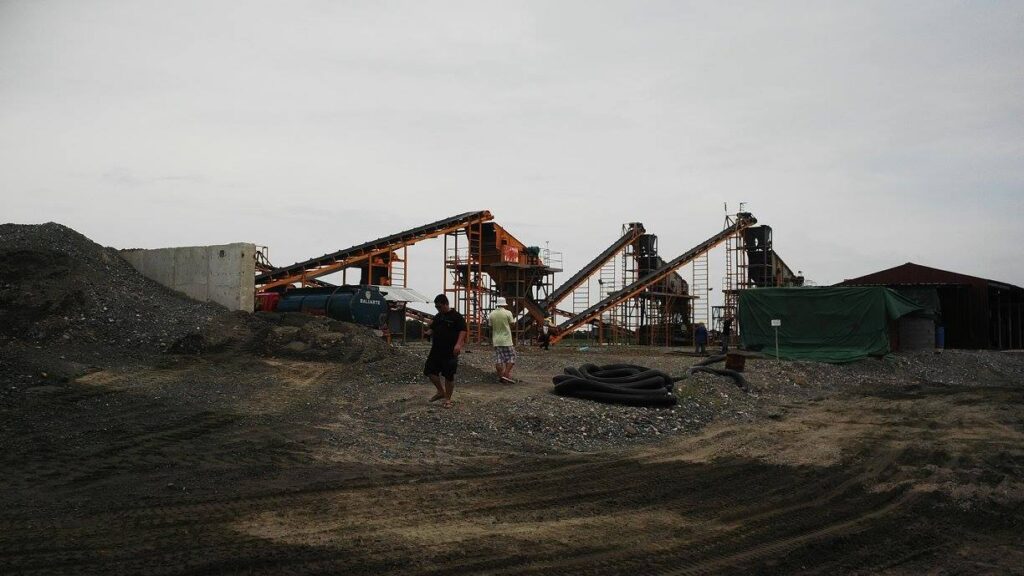
Since 2008, protests across the region urging the government to stop mining activities have fallen on deaf ears and protesters have been red-tagged, said Sherwin de Vera, research and education officer of environmental advocacy organization Defend Ilocos. (In December 2017, De Vera was arrested on a charge of rebellion filed in 2014 and was freed after a month. His case was eventually dismissed.)
He said that before the 2010 elections, protests were held in Sta. Catalina, San Vicente, and Vigan against black sand mining. A year later, various sectors and groups opposed to illegal mining convened at St. Paul College, in Bantay, Ilocos Sur, and formed Defend Ilocos.

Residents and advocacy groups, including members of the clergy, documented the hauling of sand in Caoayan, Ilocos Sur from the sea to processing plants on the shores, and its effects on the environment.
Letters and manifestos to stop the illegal mining activities were repeatedly sent to various government offices, including the Office of the President, over the years.
However, offshore mining still persisted, said de Vera.
Following incessant written complaints by residents to various government offices, the Mines and Geosciences Bureau (MGB) and the Provincial Environment and Natural Resources Office (PENRO) of Ilocos Sur conducted an investigation along the coasts of San Vicente, Sto. Domingo, and San Ildefonso towns on Oct. 4, 2011. They reported that “no actual extraction of magnetite sand was observed.”
About this time, Mang Karding’s family, a devout Catholic, started to join the Ilocos Sur Collective Action for the Protection of the Environment (ISCAPE), a broad network of environmental groups, in various protests and prayer rallies, hoping to bring back the pristine fishing grounds of Sta. Catalina.
In 2011, ISCAPE discovered concrete structures built in Sitio Namnama containing equipment and machines for magnetite processing.
Fr. Rabe, also a member of ISCAPE, said photos and videos of heavy equipment and stockpiles of black sand were sent to the DERN and MGB, as well as seacraft docking in the vicinity of Ilocos Sur for weeks.
In May 2012, citizens and public officials, including Sen. Aquilino Pimentel III, filed with the Supreme Court a petition for the Writ of Kalikasan in connection with “large-scale mining operations” of magnetite ore in the Ilocos-Pangasinan coastline.
The complainants urged the high court to issue a Temporary Environmental Protection Order to stop the exploration and mining activities in the area. In an en banc or full-court decision, the Supreme Court granted the writ and ordered the Court of Appeals to hear the case.
However, in a December decision, the Court of Appeals junked the case for lack of merit.


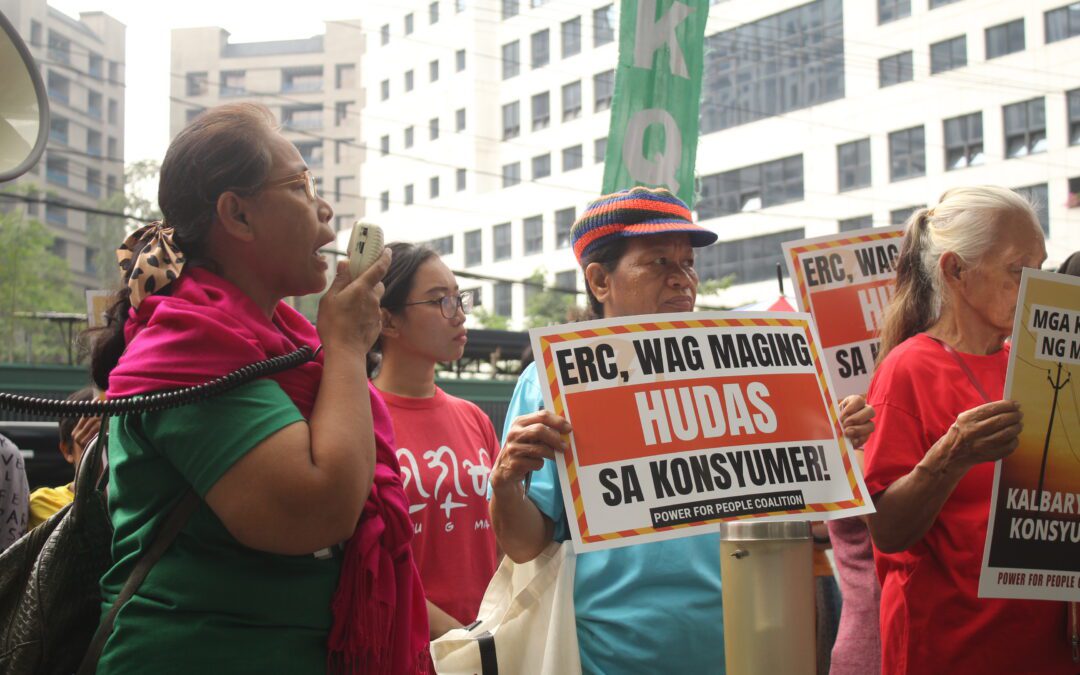
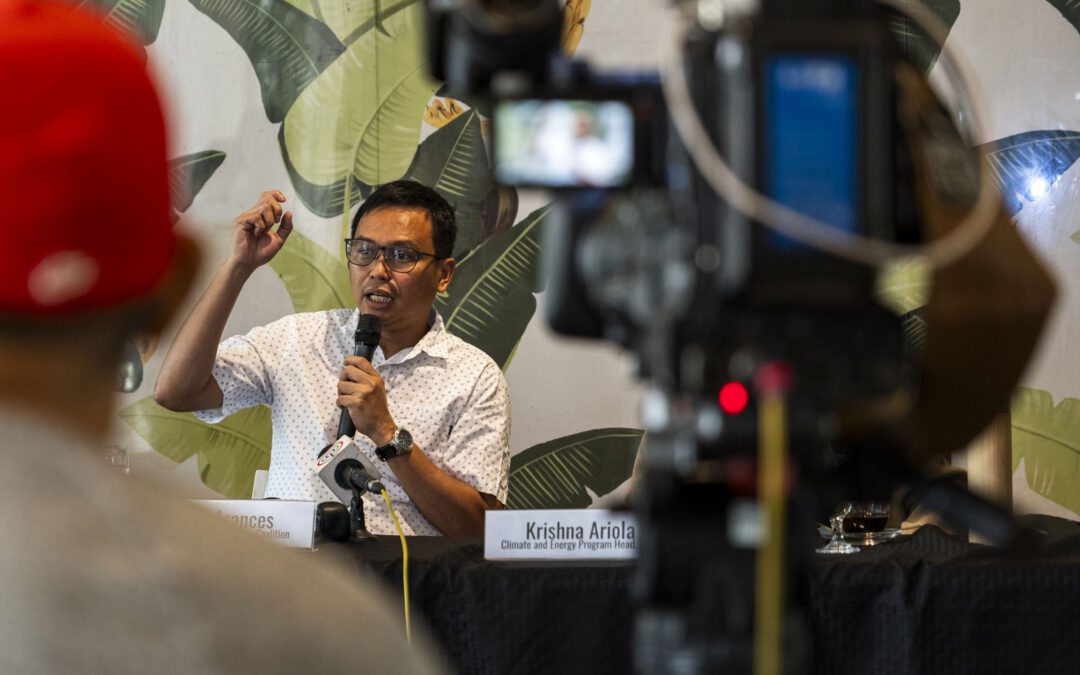


0 Comments